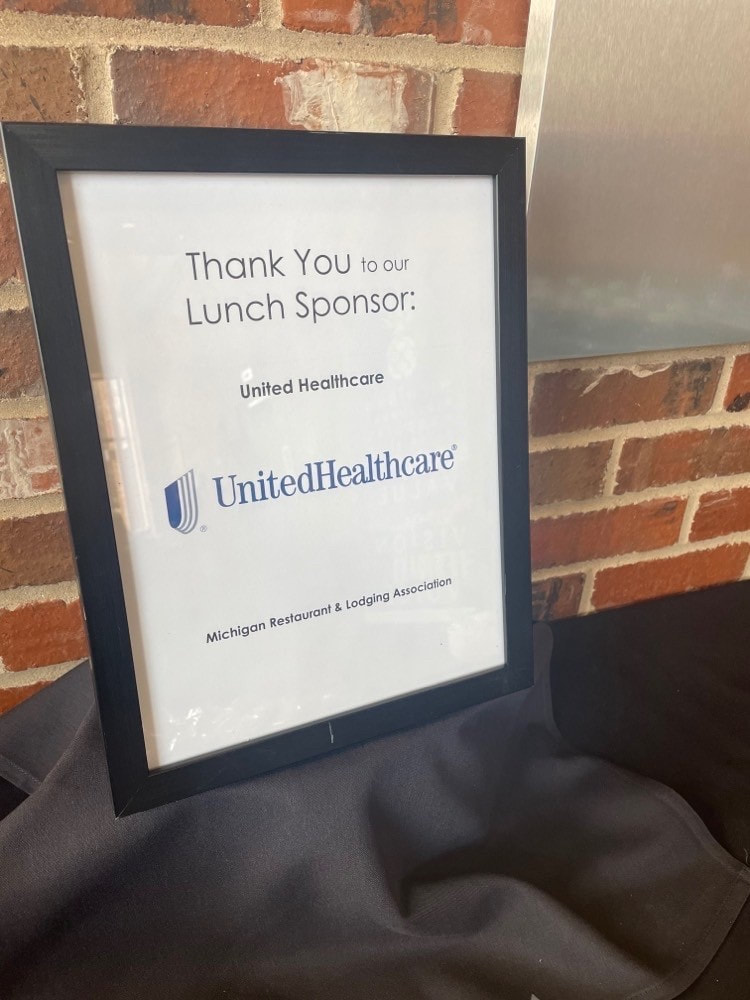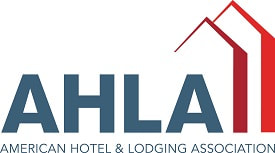Ask the Experts: Managing Risk During COVID-19
A: Michigan has been proactive in issuing executive orders and regulations to protect workers during the COVID-19 pandemic (many of which have been discussed in previous articles).While these rules were enacted to assist employees and employers through the coronavirus crisis, litigation is already being filed over such protections, which could cause the permanent closure of struggling restaurants or lodging businesses. But there are ways to protect your business and avoid employee disputes over Michigan’s COVID-19 response. In fact, innovative employers can develop strategies to thrive during these challenging times.
Below are five common-sense steps that can be implemented to help create a peaceful and prosperous workplace for everyone.
Step One: Communication is key. Communication is at the heart of any effective response plan. In fact, the governor’s executive orders require it. For example, employers are required to notify co-workers, contractors, and suppliers who may have come into contact with an employee who has a confirmed case of COVID-19 (employers should take care not to share the name of the employee, however). Employers also must make their COVID-19 preparedness and response plan readily available to employees, labor unions, and customers. Communication is also critical when dealing with employee leaves. The more information that is shared, the less likely it is that disputes will arise. Workflow structures and employee policies should focus on creating open lines of communication at all levels in your organization. The more we talk to each other, the less likely misunderstandings will arise and legal disputes possibly avoided.
Step Two: Stay engaged and informed. It seems as though the COVID-19 response rules change every day. Recently, the governor issued updated guidance on the symptoms of COVID-19, which, in turn, may require businesses to change their screening protocols for employees. Learn to adapt to these changes quickly. Make sure your business stays on top of all new legal requirements, so that revisions to your policies or procedures can be implemented promptly. By keeping up-to date with your legal obligations you can avoid inadvertently violating a new or revised COVID-19 response rule. If you become proficient at adapting to this new environment, you create a competitive advantage where you can separate your company from your competitors.
Below are five common-sense steps that can be implemented to help create a peaceful and prosperous workplace for everyone.
Step One: Communication is key. Communication is at the heart of any effective response plan. In fact, the governor’s executive orders require it. For example, employers are required to notify co-workers, contractors, and suppliers who may have come into contact with an employee who has a confirmed case of COVID-19 (employers should take care not to share the name of the employee, however). Employers also must make their COVID-19 preparedness and response plan readily available to employees, labor unions, and customers. Communication is also critical when dealing with employee leaves. The more information that is shared, the less likely it is that disputes will arise. Workflow structures and employee policies should focus on creating open lines of communication at all levels in your organization. The more we talk to each other, the less likely misunderstandings will arise and legal disputes possibly avoided.
Step Two: Stay engaged and informed. It seems as though the COVID-19 response rules change every day. Recently, the governor issued updated guidance on the symptoms of COVID-19, which, in turn, may require businesses to change their screening protocols for employees. Learn to adapt to these changes quickly. Make sure your business stays on top of all new legal requirements, so that revisions to your policies or procedures can be implemented promptly. By keeping up-to date with your legal obligations you can avoid inadvertently violating a new or revised COVID-19 response rule. If you become proficient at adapting to this new environment, you create a competitive advantage where you can separate your company from your competitors.

Step Three: Follow policies. All too often, businesses adopt policies to comply with some legal obligation, but they don’t put the policy into practice. That error can spell death for any business. Once you develop your COVID-19 response policies, follow them. Make sure your managers and human resources staff know and understand these policies so that they can be implemented fully and fairly. Don’t just pay lip service to these policies. Additionally, it is wise to create regular touchpoints to check your implementation progress. These touchpoints can take the form of managers’ meetings, compliance audits, weekly reports, or something else. Regardless of the approach you adopt, some form of compliance metrics should be established.
Step Four: Be a “change champion.” Don’t be afraid to change your policies and practices if some approach is not working or new guidance is published by a state or federal agency that supersedes your initial response. Take stock of your progress regularly. Learn where potential problems exist in your COVID-19 response plan, and fix them before they result in employee disputes or lawsuits.
Step Five: Never stop listening. Always keep your ears open. Listen to your employees, your advisors, and—most importantly—your customers. Remind employees of your open-door policy and encourage them to talk to you about what they feel is working and what may concern them. Work with them to troubleshoot potential problems. For example, if you hear that child care is an issue because of school closures, consider ways of adjusting schedules in lieu of taking a leave of absence. In many instances, disputes can be avoided when employees feel they are heard at an early stage and creative solutions are mutually agreed upon.
Finally, this is not a time to “go it alone.” Reach out to your legal advisors as you develop your COVID-19 response plan and to stay up to date on your legal requirements. COVID-19 may have created a “new normal,” but by following a few key steps you can not only survive this pandemic, but you can learn how to thrive in it.
Step Four: Be a “change champion.” Don’t be afraid to change your policies and practices if some approach is not working or new guidance is published by a state or federal agency that supersedes your initial response. Take stock of your progress regularly. Learn where potential problems exist in your COVID-19 response plan, and fix them before they result in employee disputes or lawsuits.
Step Five: Never stop listening. Always keep your ears open. Listen to your employees, your advisors, and—most importantly—your customers. Remind employees of your open-door policy and encourage them to talk to you about what they feel is working and what may concern them. Work with them to troubleshoot potential problems. For example, if you hear that child care is an issue because of school closures, consider ways of adjusting schedules in lieu of taking a leave of absence. In many instances, disputes can be avoided when employees feel they are heard at an early stage and creative solutions are mutually agreed upon.
Finally, this is not a time to “go it alone.” Reach out to your legal advisors as you develop your COVID-19 response plan and to stay up to date on your legal requirements. COVID-19 may have created a “new normal,” but by following a few key steps you can not only survive this pandemic, but you can learn how to thrive in it.







